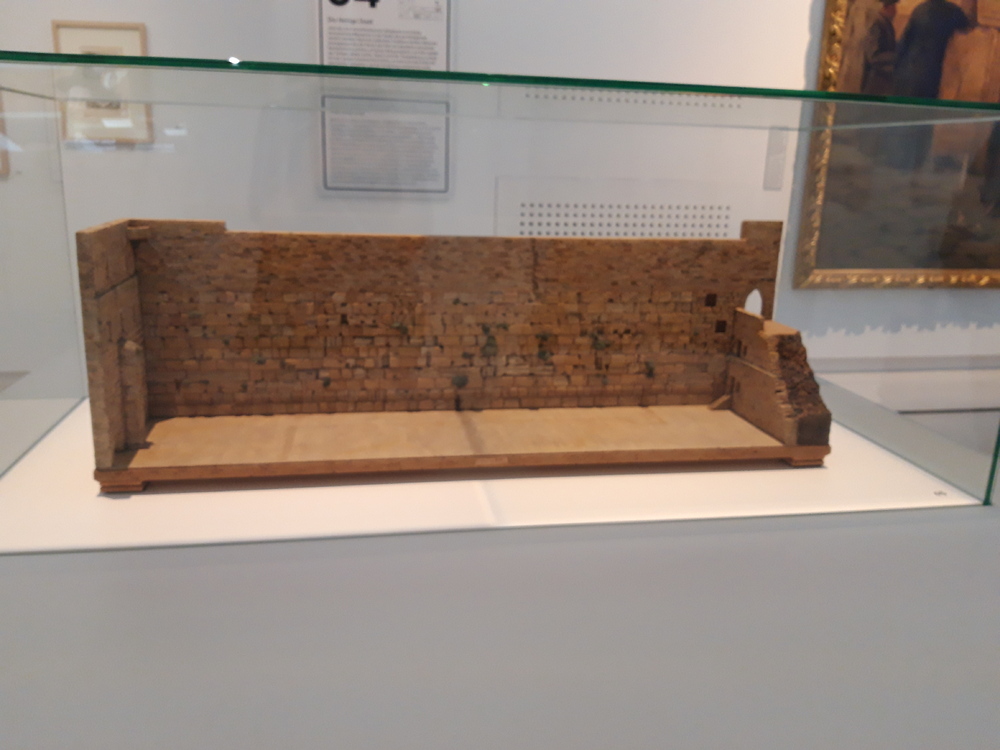Jewish Museum Berlin: Welcome to Jerusalem
Jerusalem is a place of God’s presence for the three main world’s religions – Judaism, Islam and Christianity. Their main holy shrines are located on the same hill. For each of them it was a stage for events that testify God’s protection over his people. For Jews, the rock was a place of convent between Abraham and God and a place where their Temple stood. Christians believe that it was the place of crucifixion and resurrection of Christ. For Muslims, it is the place of Muhammad’s ascension to heaven. This shared idea of the ‘rock of salvation’ points to the common roots of the three religions.However, this interest in the same space regarded as ‘holy’ has led to many conflicts. Over the ages, different religious groups, peoples and countries competed for control of Jerusalem. So as well as being a ‘holy city’ Jerusalem is at the same time a place of contrasting political interests.
Context - Exclusion and discrimination:
Jewish museums confronting stereotypes and explaining mechanisms of exclusion and discrimination. Jewish museums in Europe present a perspective on a minority that for centuries has been treated as inferior in Christian society. Although the Jews were often tolerated, their presence was usually threatened. Various stereotypes and prejudices that showed the Jews in negative light were circulated. They were exposed to exclusion and discrimination that sometimes led to persecutions and violence. In the 20th century most European Jews perished in the Holocaust, a consequence of the racial hatred that evolved from earlier developments. Jewish museums confront these anti-Semitic stereotypes and conflicts of the past and explain their genesis and mechanisms. They present the highly negative consequences of religious intolerance, nationalism and racism. By teaching a lesson from history they fight prejudices, promote tolerance and open people to cultural diversity.
Title
content
Description
Context
Jewish museums in Europe present a perspective on a minority that for centuries has been treated as inferior in Christian society. Although the Jews were often tolerated, their presence was usually threatened. Various stereotypes and prejudices that showed the Jews in negative light were circulated. They were exposed to exclusion and discrimination that sometimes led to persecutions and violence. In the 20th century most European Jews perished in the Holocaust, a consequence of the racial hatred that evolved from earlier developments. Jewish museums confront these anti-Semitic stereotypes and conflicts of the past and explain their genesis and mechanisms. They present the highly negative consequences of religious intolerance, nationalism and racism. By teaching a lesson from history they fight prejudices, promote tolerance and open people to cultural diversity.





